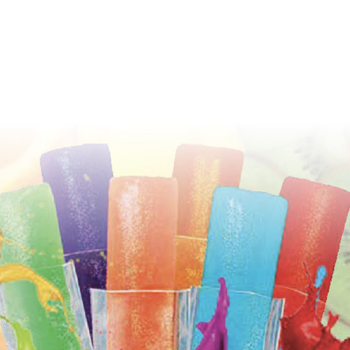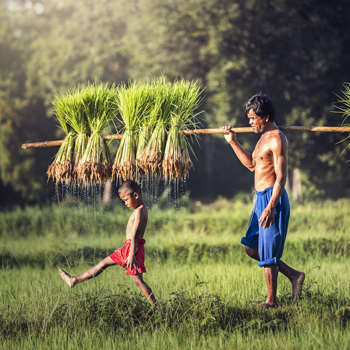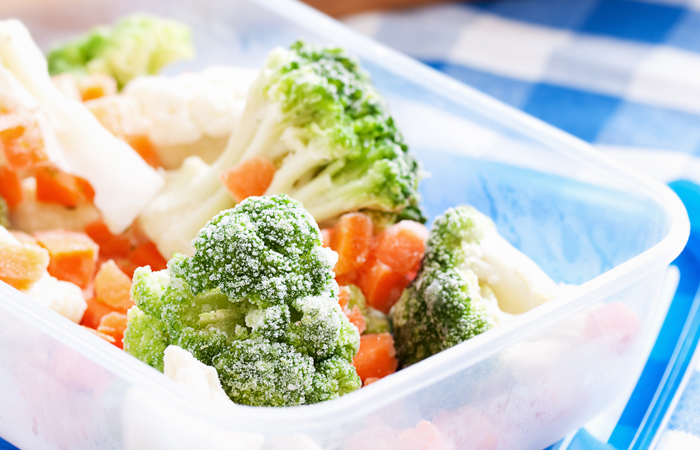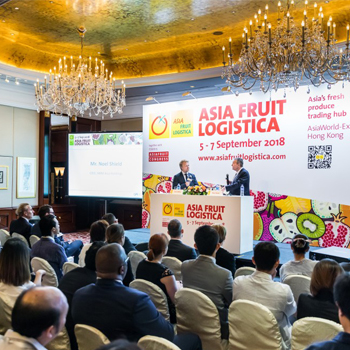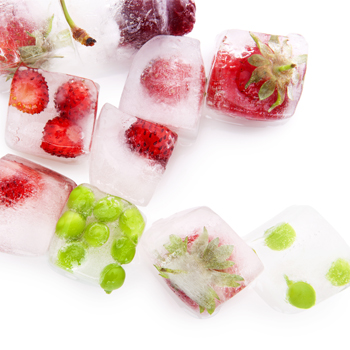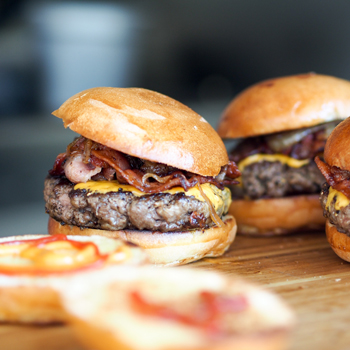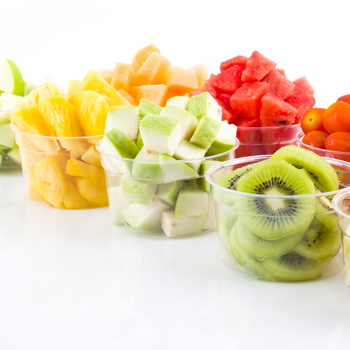ทิศทางของมาตรฐานด้านความปลอดภัยอาหารในปี 2018
โดย: ภณิดา พิสัยสวัสดิ์
Panida Pisaisawat
Professional Service Specialist
3M Health Care, Food Safety
3M Thailand
ppisaisawat@mmm.com
BRC (The British Retail Consortium) หรือสมาคมผู้ประกอบธุรกิจค้าปลีกแห่งสหราชอาณาจักรที่เกิดจากการรวมกลุ่มกันขึ้นขององค์กรค้าปลีกต่างๆ เช่น Tesco, Sainsbury’s, Iceland Foods, Waitrose, Safeway, The Co-operative Group และ Asda Store ซึ่งปัจจุบันคือ issue 8 ได้ถูกประกาศใช้อย่างเป็นทางการเมื่อวันที่ 1 สิงหาคม 2561 มาตรฐานฉบับนี้ยังคงเน้นถึงความสำคัญของการทำระบบการวิเคราะห์อันตรายและจุดวิกฤตที่ต้องควบคุมในการผลิตอาหารและควบคุมอันตรายที่เกิดขึ้น นอกจากนั้นยังมีการกล่าวถึงการป้องกันการก่อการร้ายผ่านทางอาหาร และการป้องกันอาหารปลอม รวมถึงเพิ่มข้อกำหนดสำหรับการตรวจสอบเชื้อจุลินทรีย์ในสิ่งแวดล้อมของโรงงงานผลิตอาหารอีกด้วย
FSSC 22000 (Food Safety System Certification 22000) คือ ระบบมาตรฐานการรับรองความปลอดภัยสำหรับการผลิตอาหาร ปัจจุบันคือเวอร์ชั่น 4.1 โดยรวมมาตรฐาน ISO 22000 ซึ่งเป็นมาตรฐานที่เกี่ยวข้องกับระบบการบริหารจัดการด้านความปลอดภัยของอาหารรับรองโดย GFSI กับมาตรฐาน Publicly Available Specification (PAS) 220 ไว้ด้วยกัน โดยมาตรฐานนี้ได้ออกแบบมาเพื่อรับรองผลิตภัณฑ์ในร้านค้าปลีกขนาดใหญ่ หรือบริษัทผู้ผลิตอาหารรายใหญ่ที่นำเอาระบบ ISO 22000 และ PAS 220 มาใช้ เป็นมาตรฐานที่สามารถให้การรับรองโรงงานอุตสาหกรรมอาหารได้ครอบคลุมห่วงโซ่อาหารทั้งหมด ซึ่งถือเป็นมาตรฐานที่ GFSI ให้การยอมรับว่ามีระดับเทียบเท่ากับมาตรฐาน BRC, IFS และ SQF
FSMA (Food Safety Modernization Act) กฎหมายว่าด้วยการปรับปรุงความปลอดภัยด้านอาหารให้ทันสมัย มีวัตถุประสงค์หลักเพื่อปฏิรูประบบการควบคุมความปลอดภัยด้านอาหาร โดยได้เปลี่ยนแปลงและเพิ่มเติมสาระสำคัญของกฎหมายความปลอดภัยด้านอาหารฉบับปัจจุบัน อีกทั้งเพิ่มอำนาจให้แก่สำนักงานอาหารและยาหรือ US FDA ในการบังคับใช้กฎระเบียบต่างๆ กับผู้ประกอบการ ควบคุม และตรวจสอบกระบวนการผลิตสินค้าอาหารให้เข้มงวดมากขึ้น เพื่อเน้นให้การควบคุมเป็นมาตรการเชิงป้องกัน แทนการตอบโต้ภายหลังเกิดปัญหา
BRC (The British Retail Consortium) is a trade association in the United Kingdom formed by a group of retailers such as Tesco, Sainsbury’s, Iceland Foods, Waitrose, Safeway, The Co-operative Group, and Asda Store. Lately, the global standard for Food Safety Issue 8 was published on August 1, 2018. This standard continues to emphasize the importance of commitment on Hazard Analysis and Critical Control Points (HACCP) and a food safety hazard monitoring. Also, Food defense and food fraud are considered, including requirements on the Microbiological Screening Requirements in the environment of the food processing plant.
FSSC 22000 (Food Safety System Certification 22000) is a food safety management system for food processing, currently released version 4.1. The system established by the Foundation for Food Safety Certification in 2004. It’s complied the ISO 22000 standards, which are related to the Food Safety Management System, endorsed by the Global Food Safety Initiative (GFSI), with Publicly Available Specification (PAS) 220. This standard is designed to certify products in large retail stores or major food manufacturers that implement the ISO 22000 and PAS 220 standards. Such certification schemes provide frameworks covered the entire food chain for the food processing certification. GFSI hereby recognizes this food safety certification system as equivalent to BRC, IFS and SQF.
FSMA (Food Safety Modernization Act)
This food safety law was originally promulgated on 4 January 2011. The main purpose of the law is to reform the food safety control system. A major reform involved a shift in essential substance of previous safety laws (The Federal Food, Drug, and the Cosmetic Act of 1938). FSMA empowers the US FDA (The United States Food and Drug Administration) to strictly enforce, control, and monitor the operators on food production process regulations emphasizing on a preventive measure instead of corrective action taken when the problems occurred thereafter.

